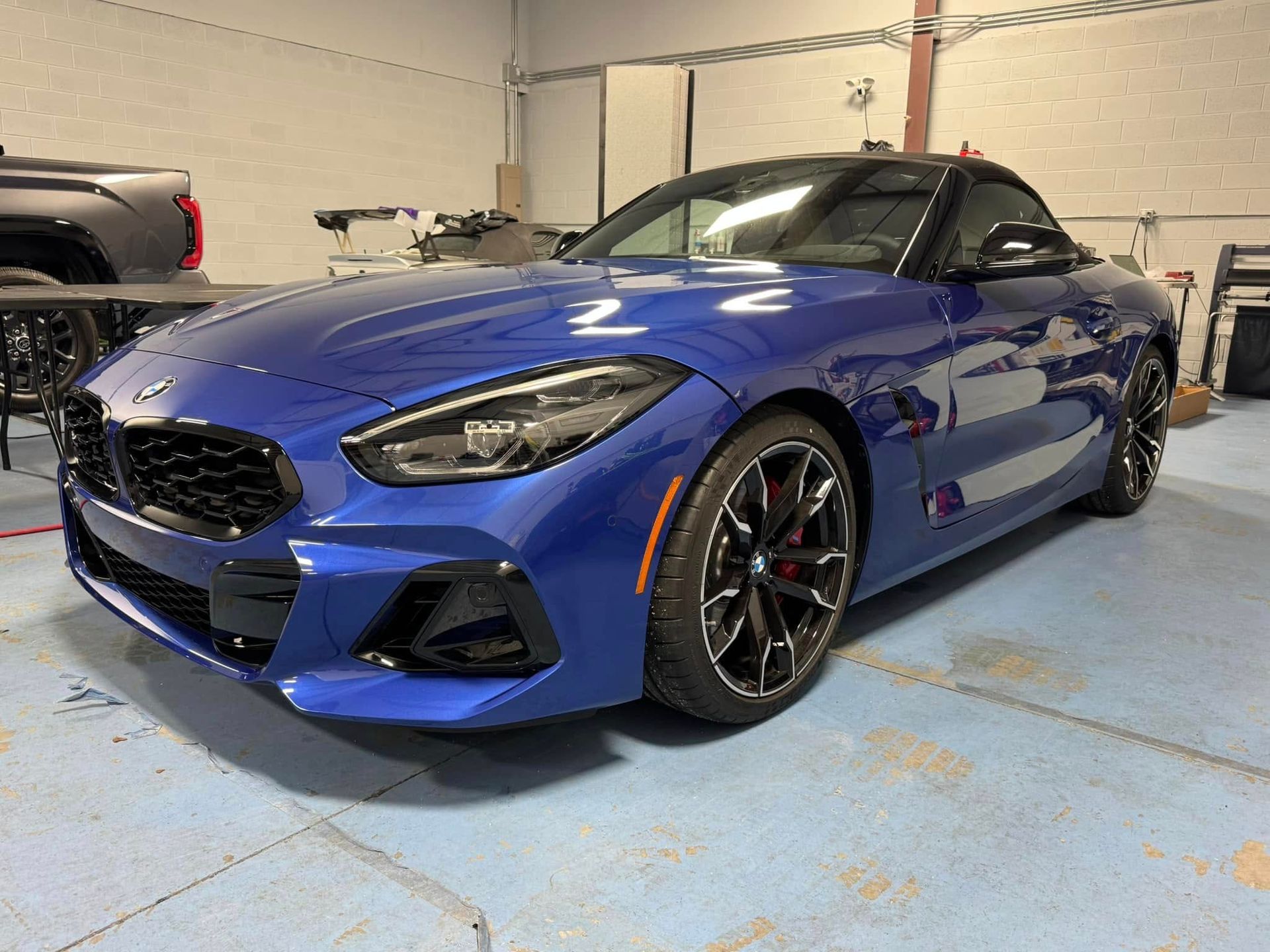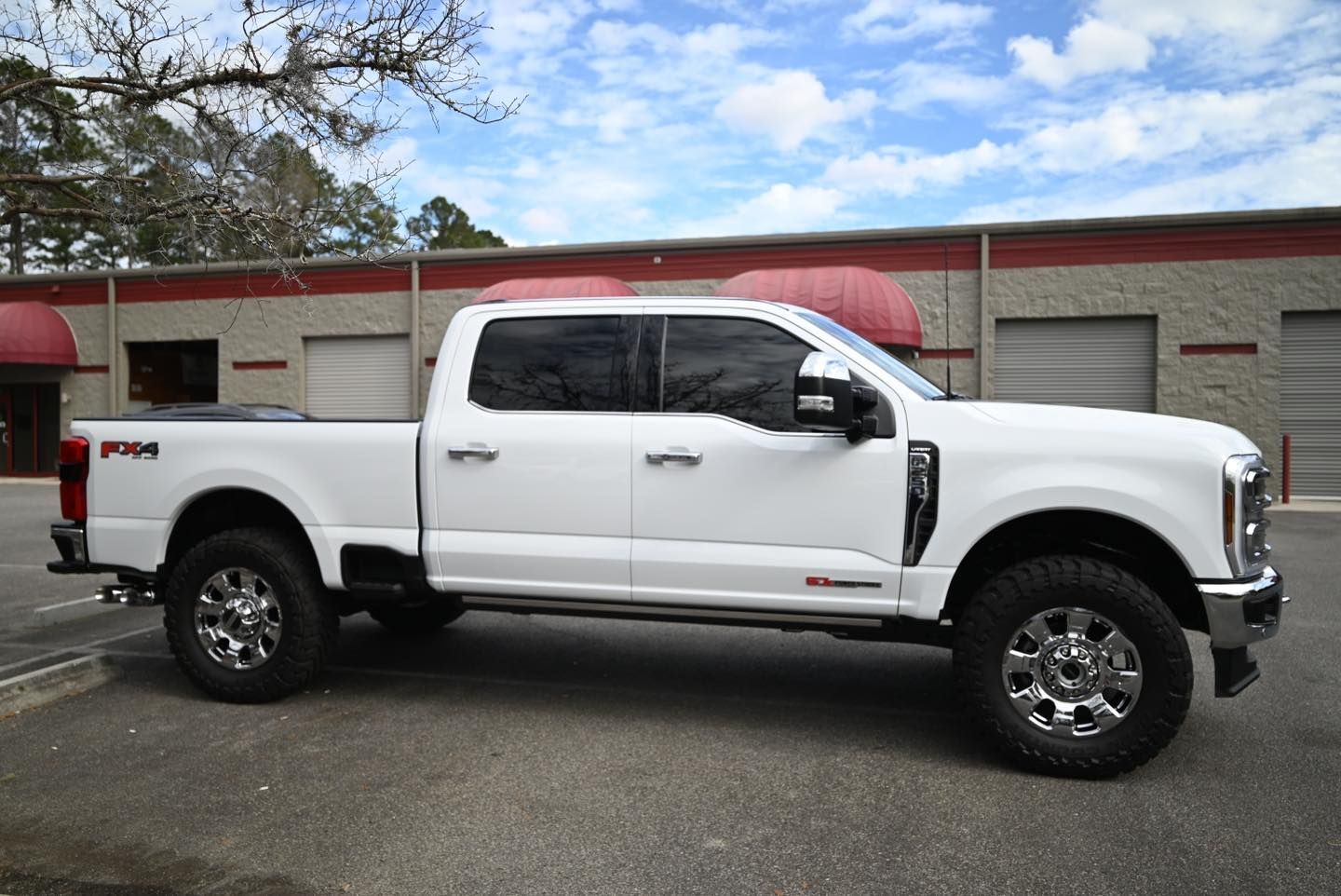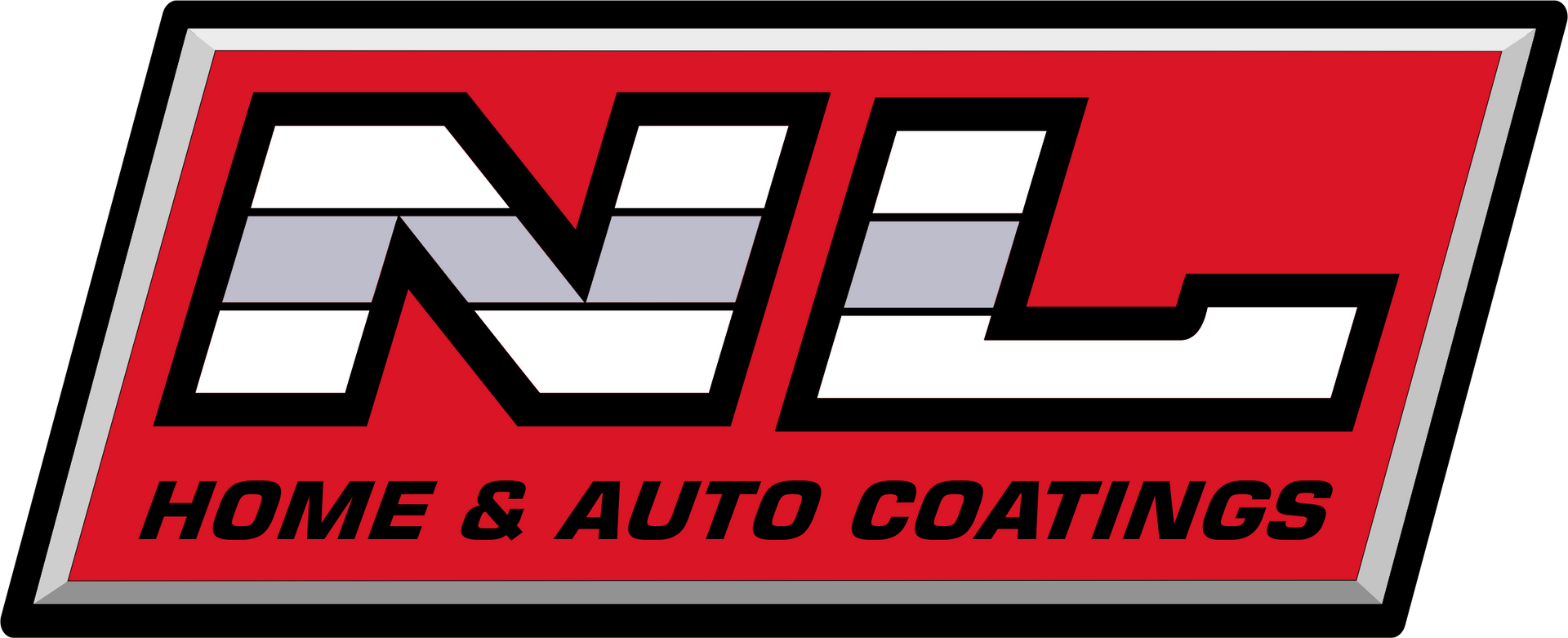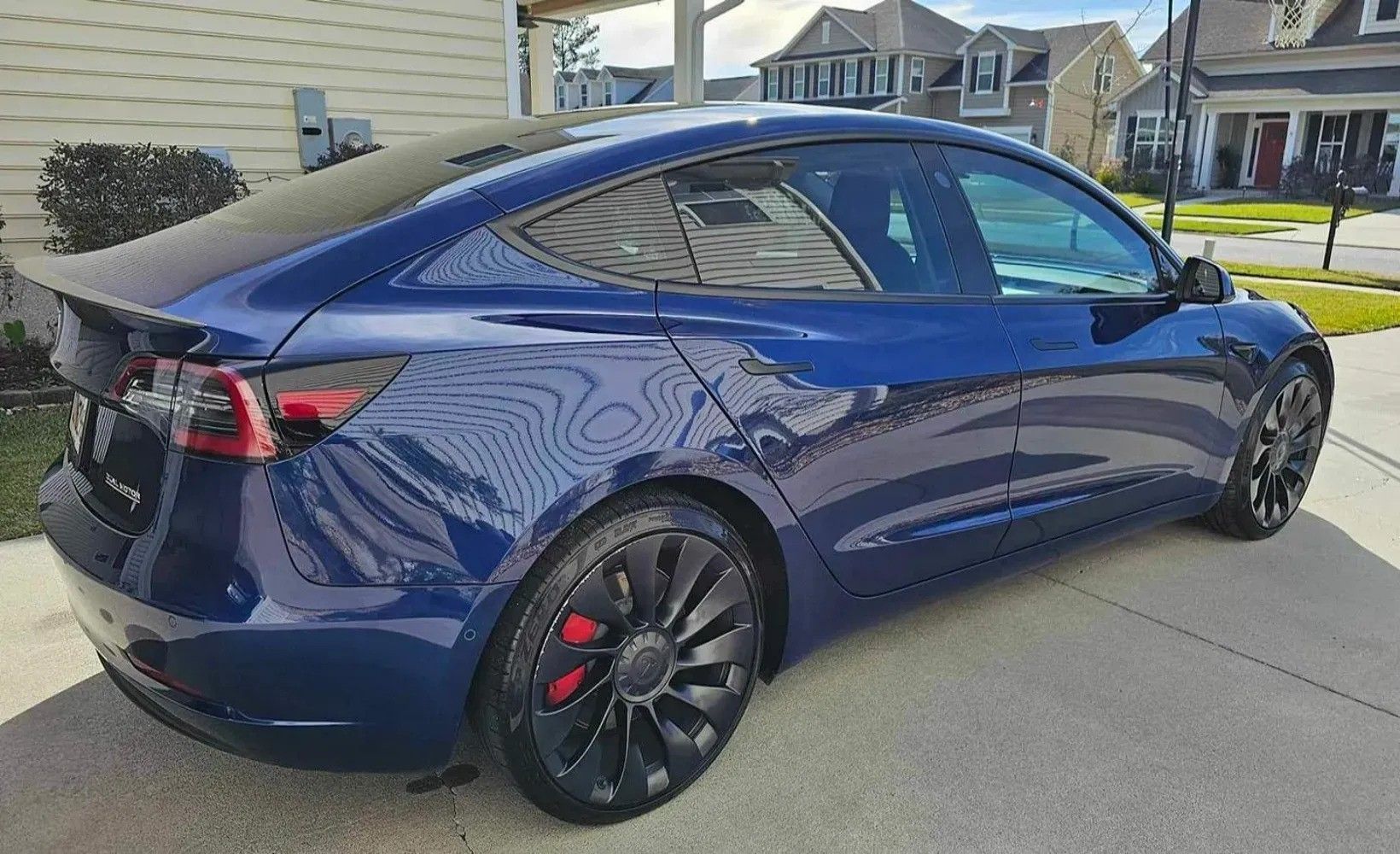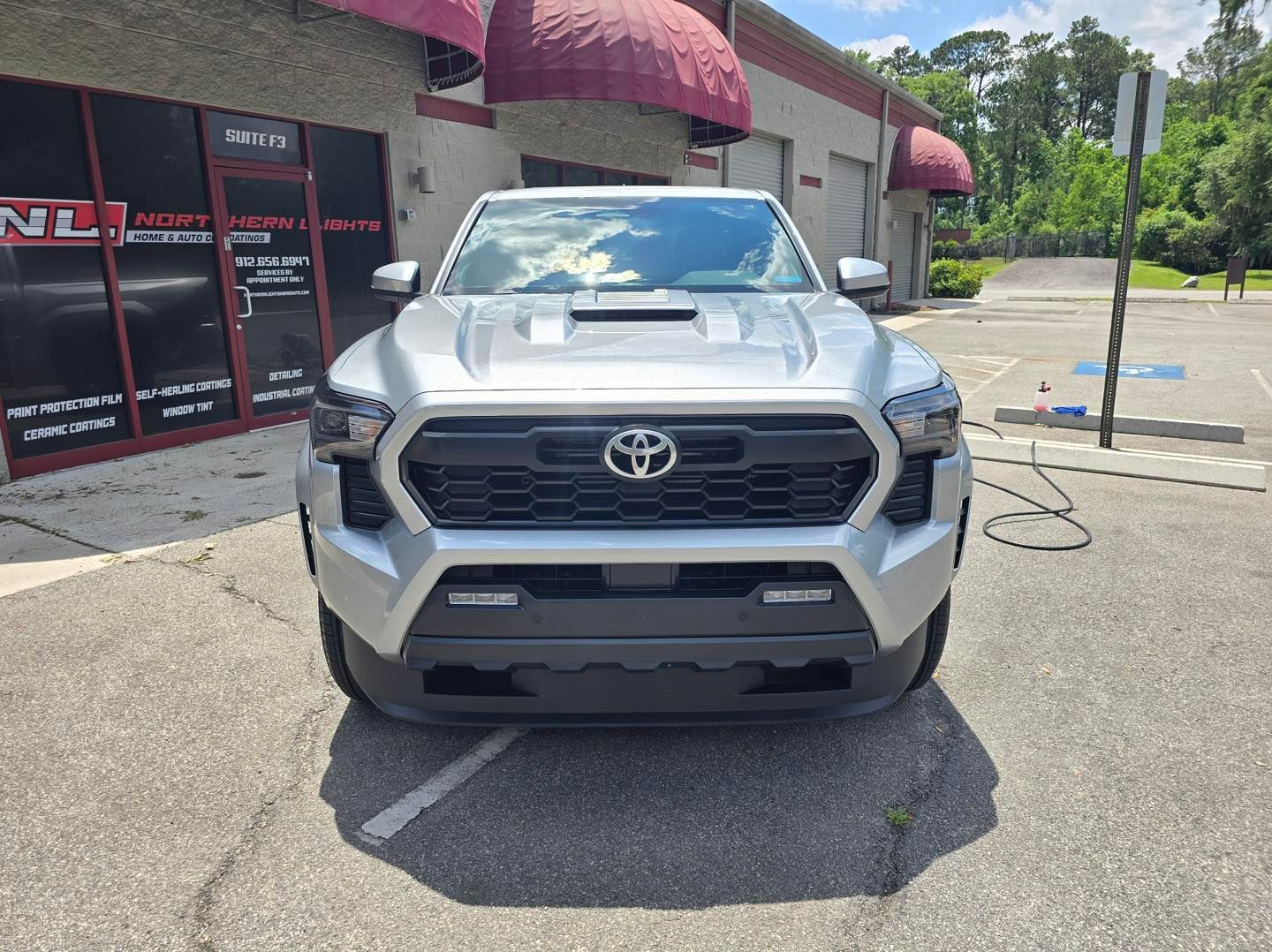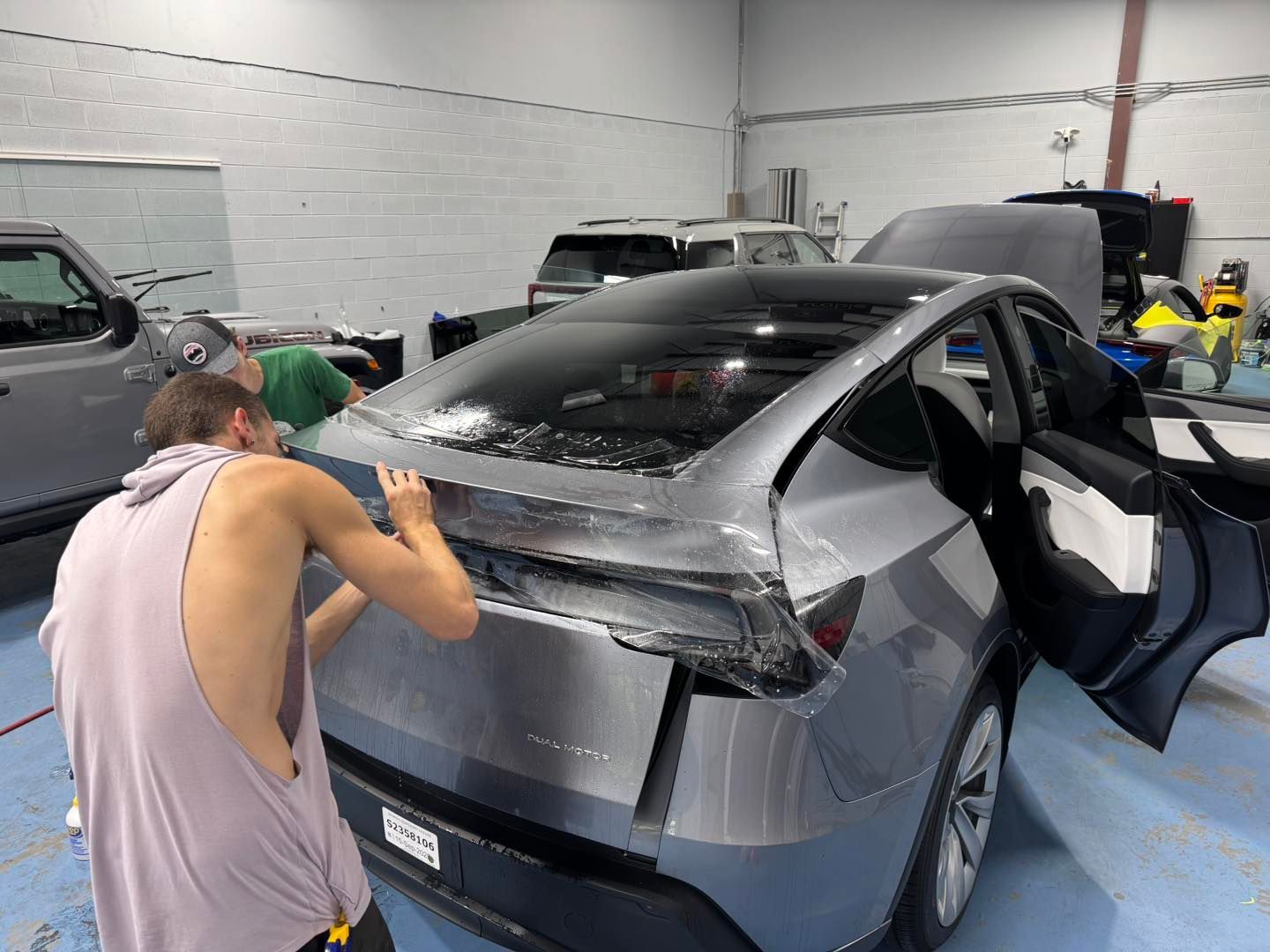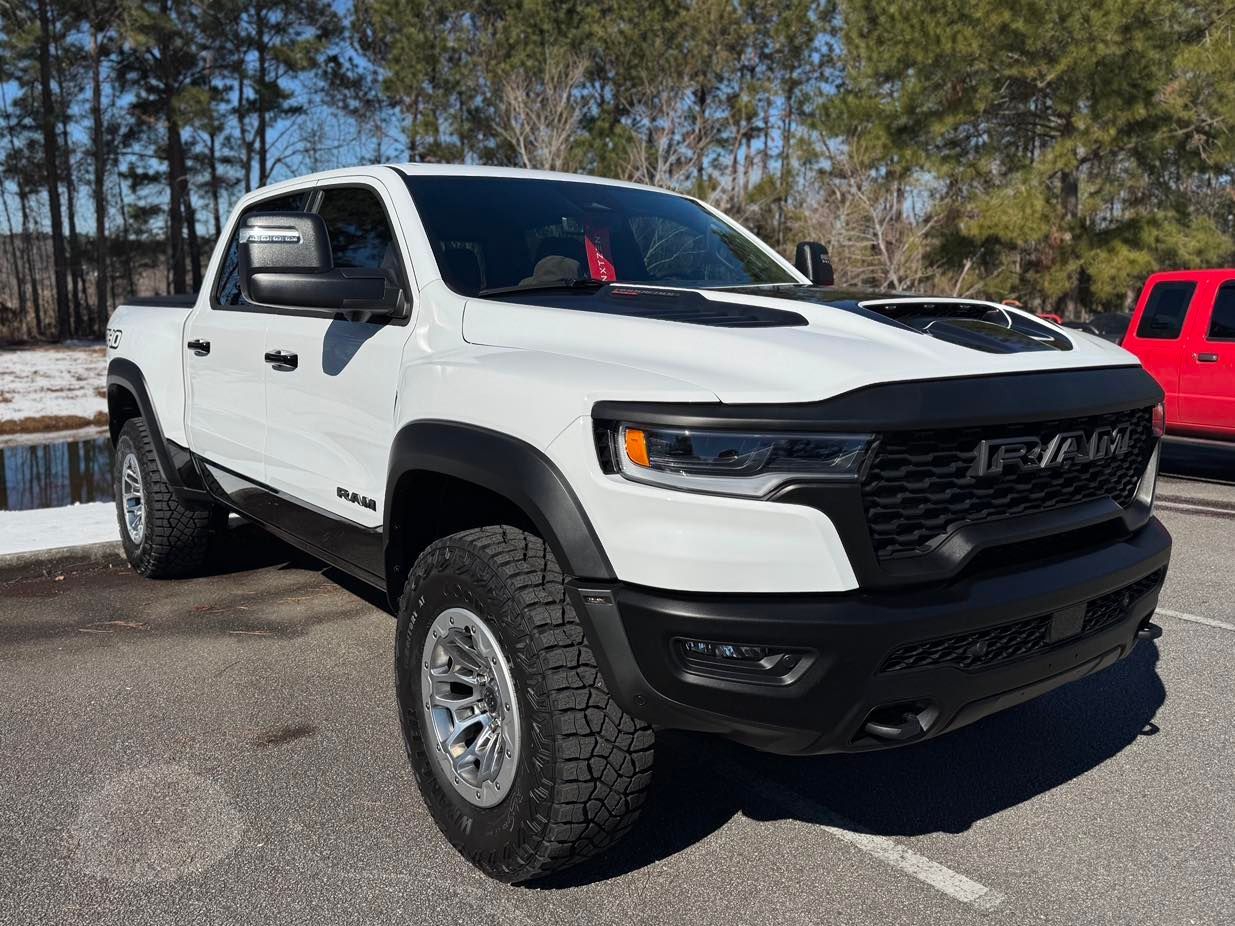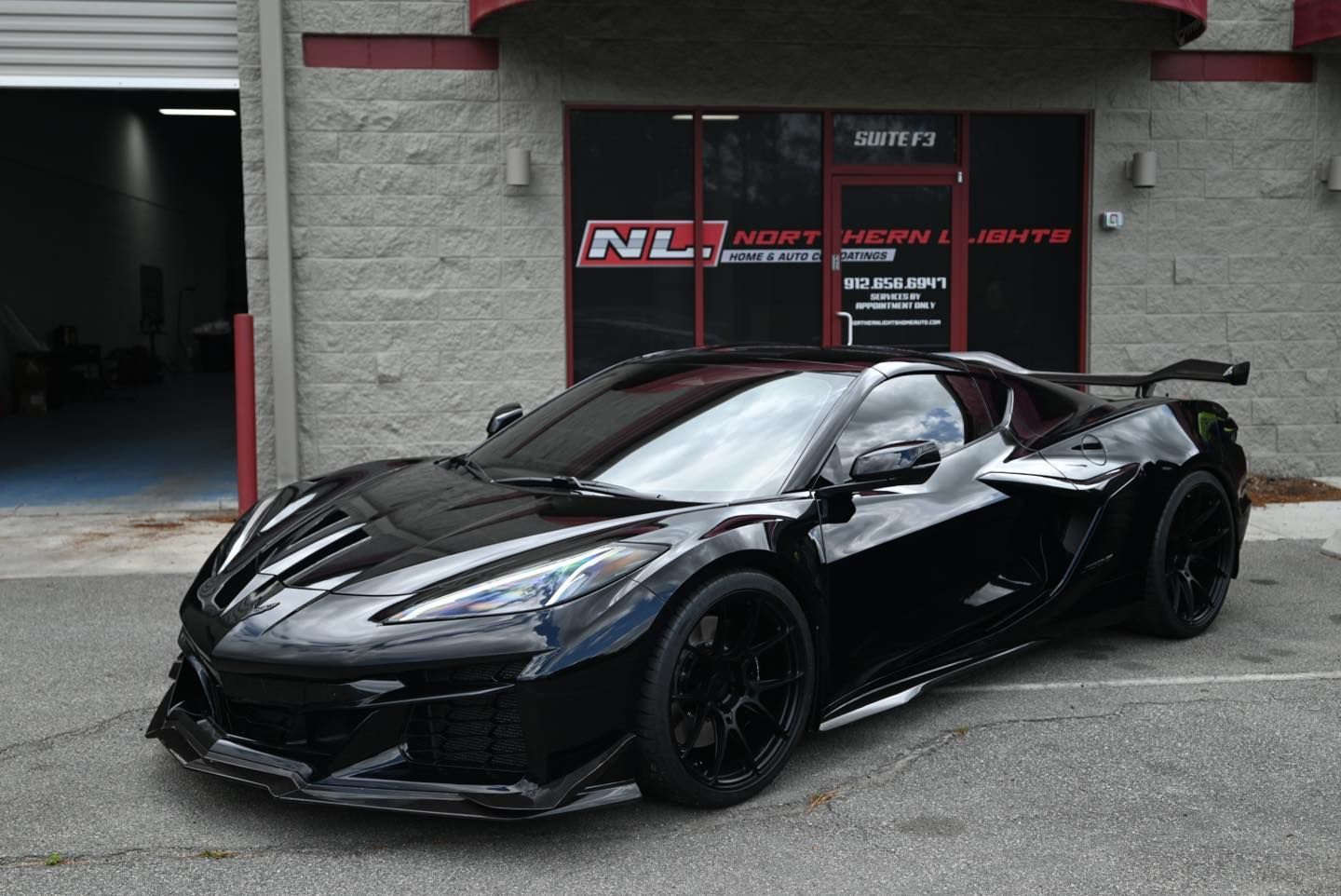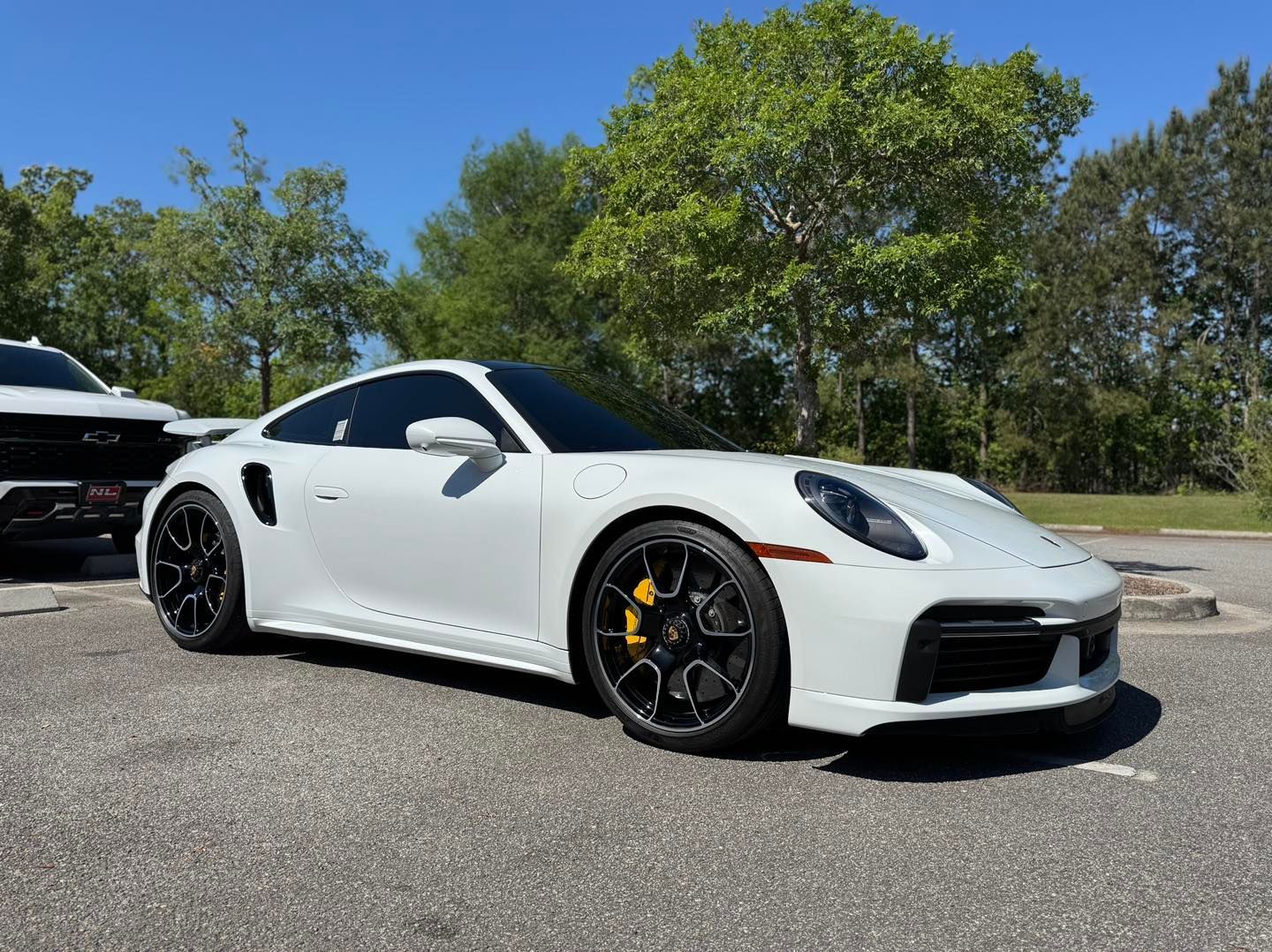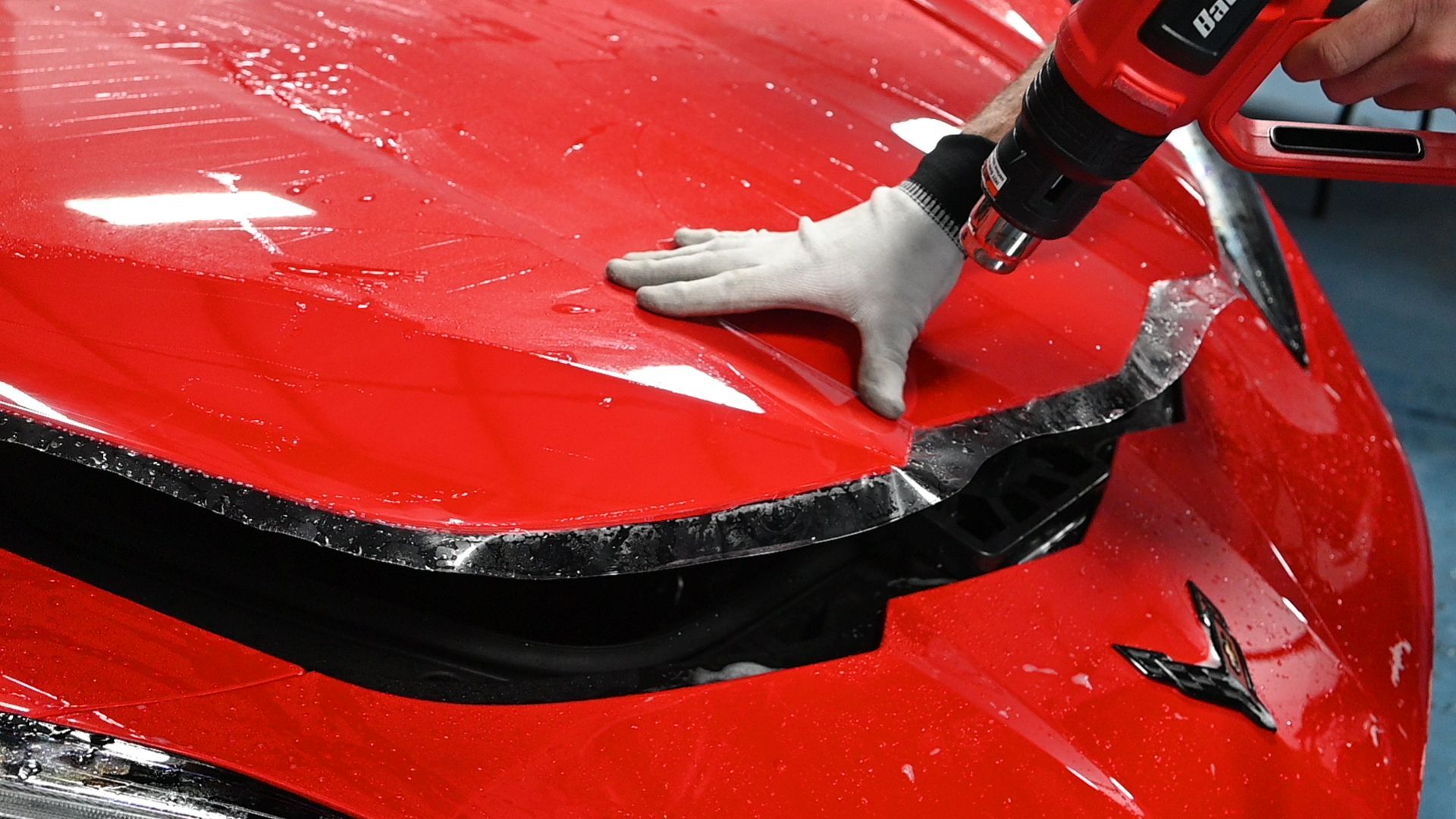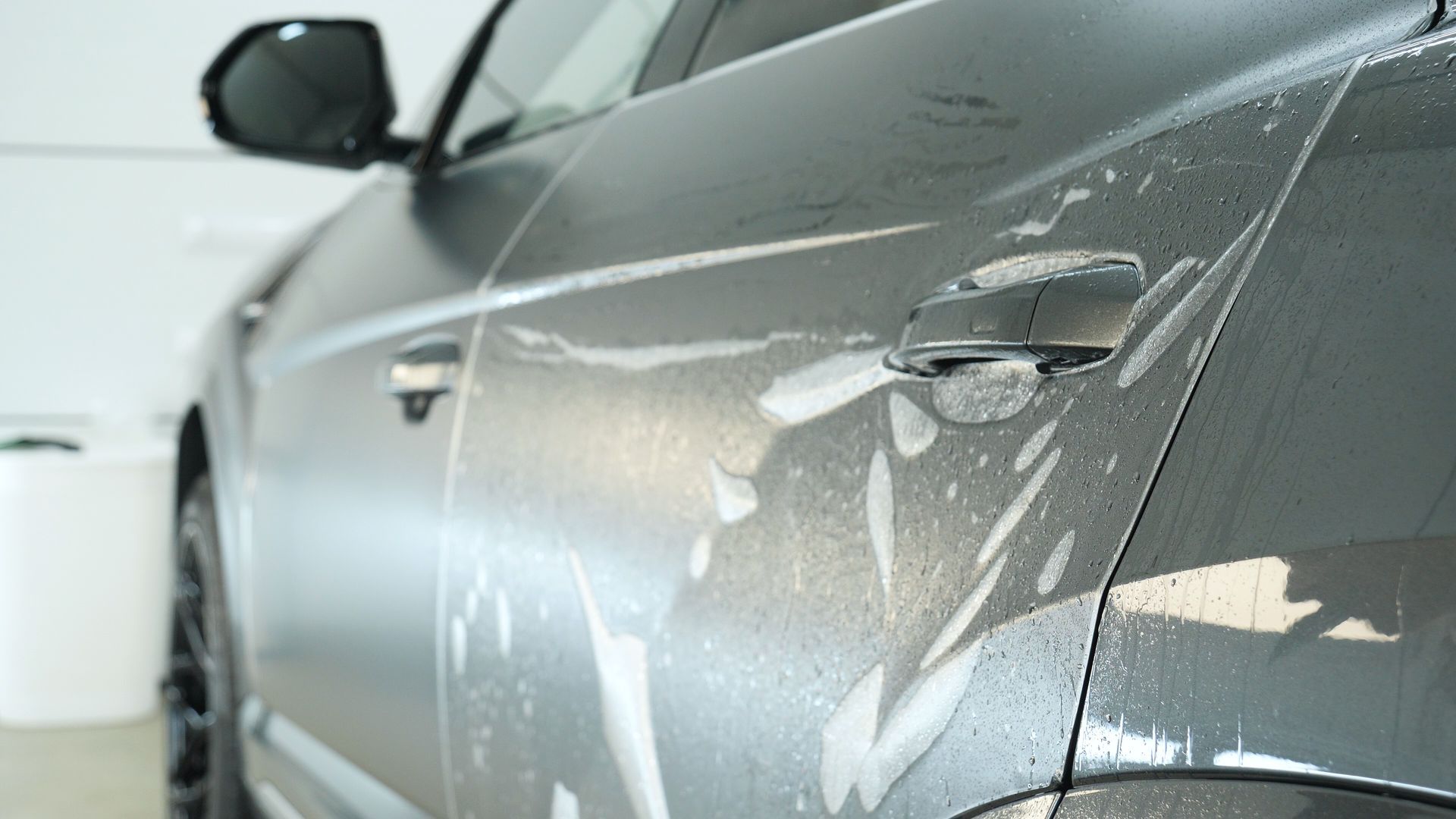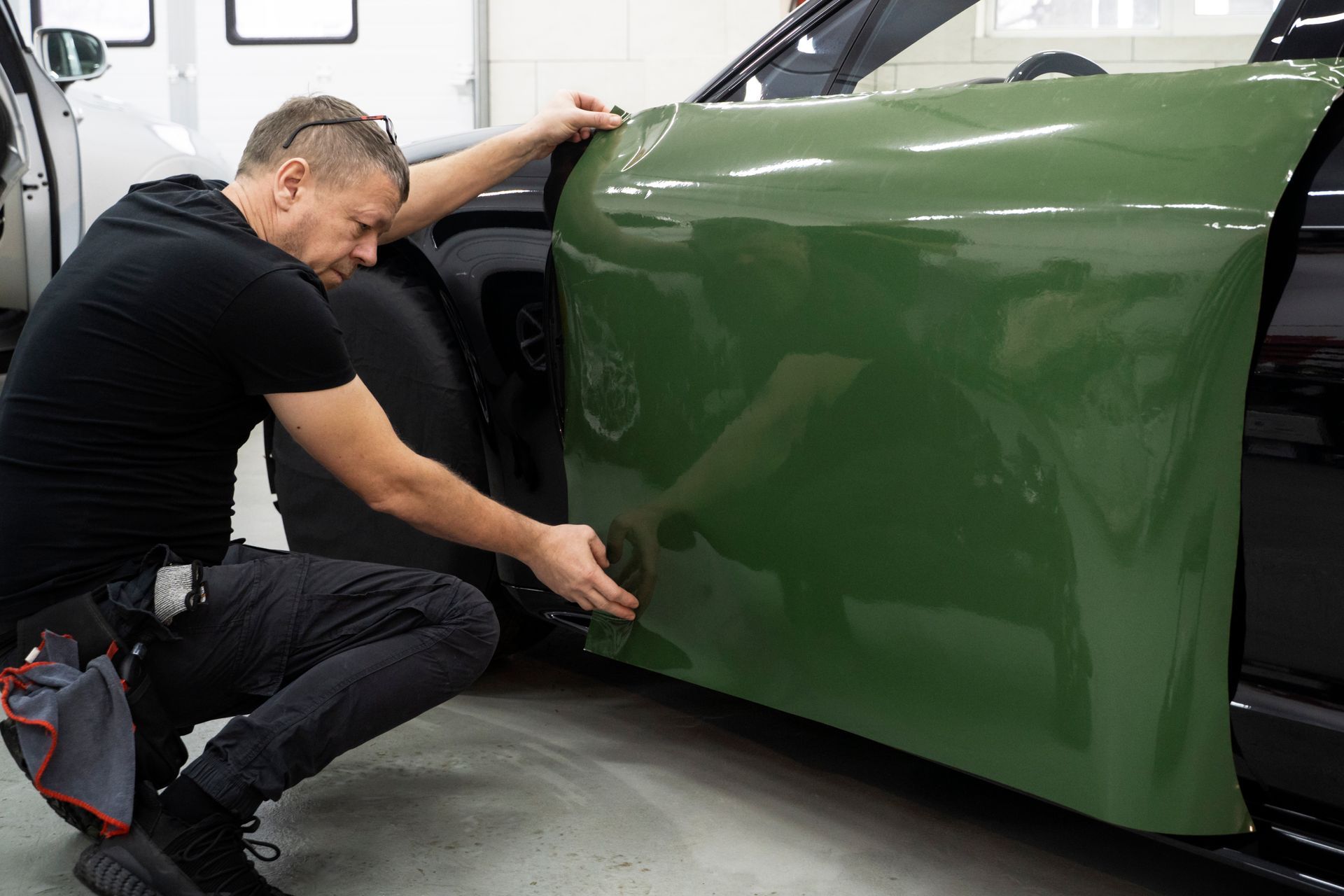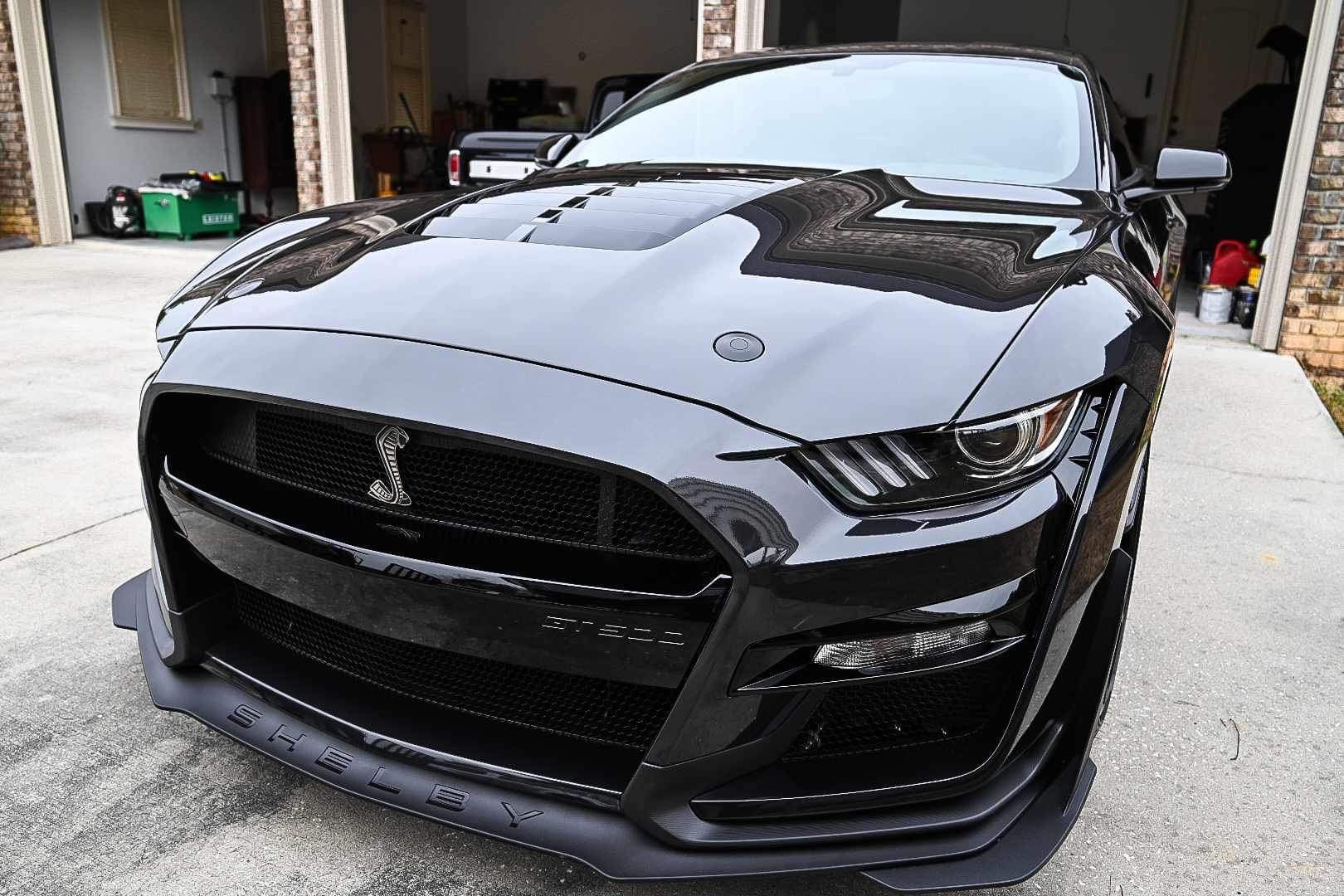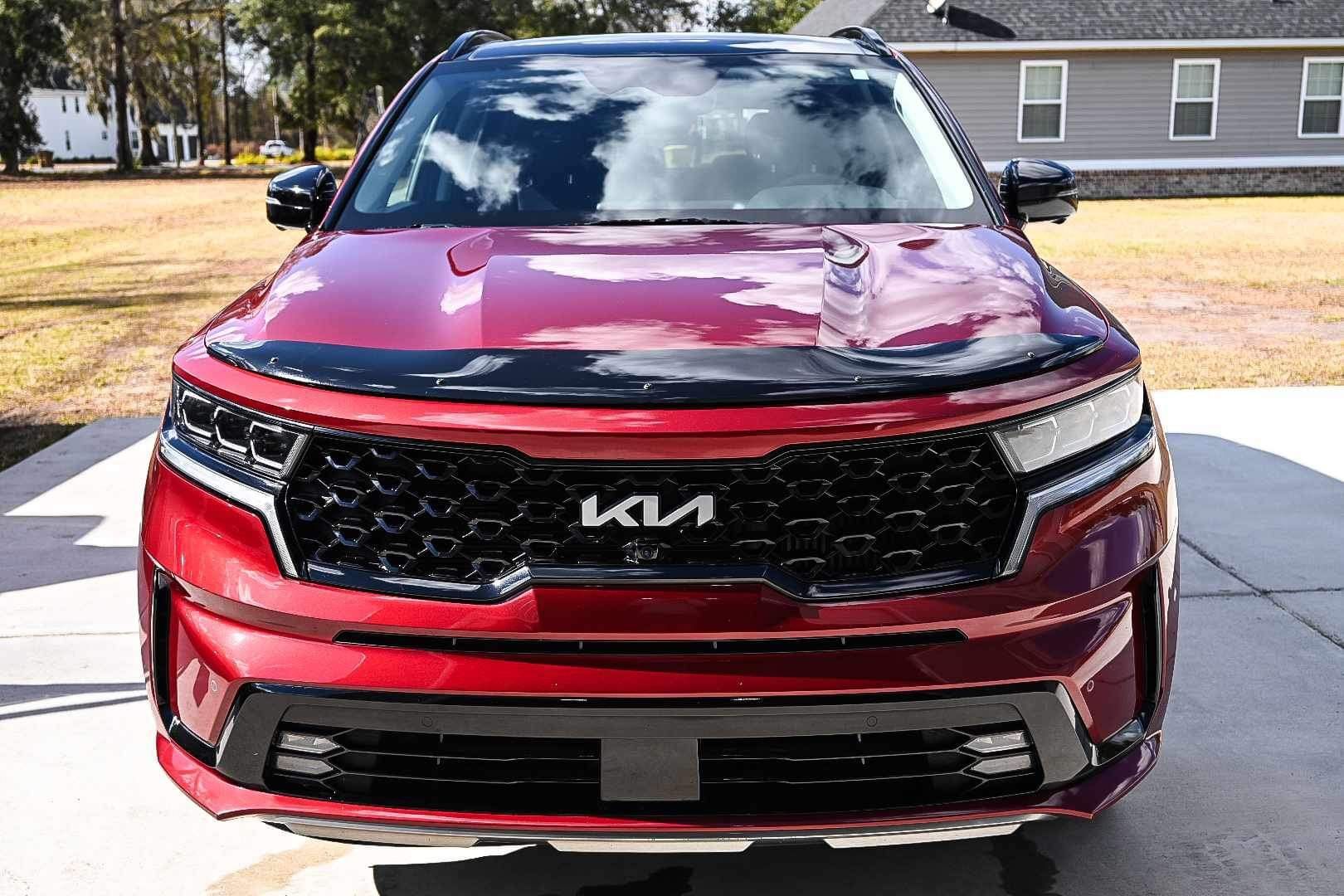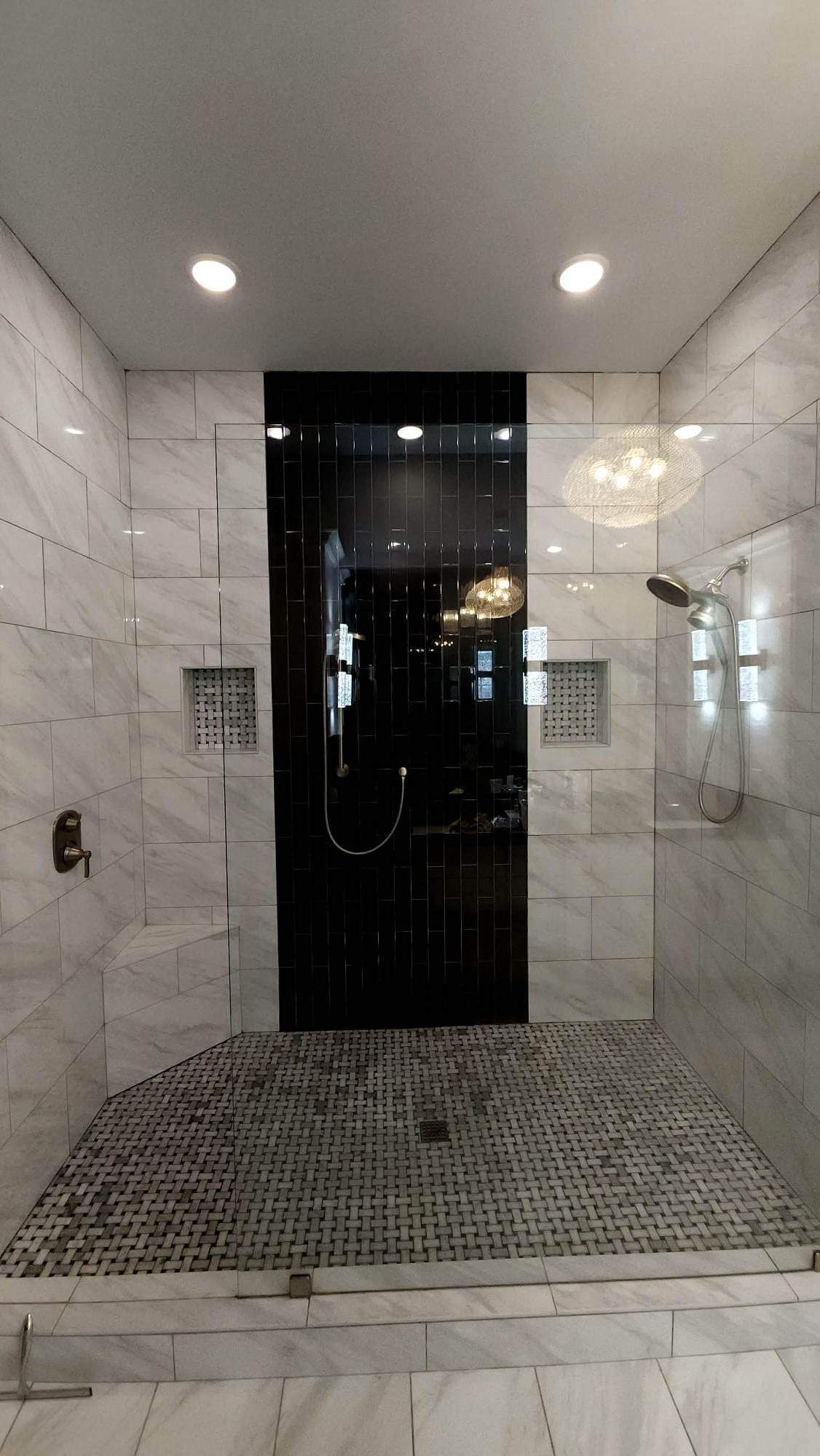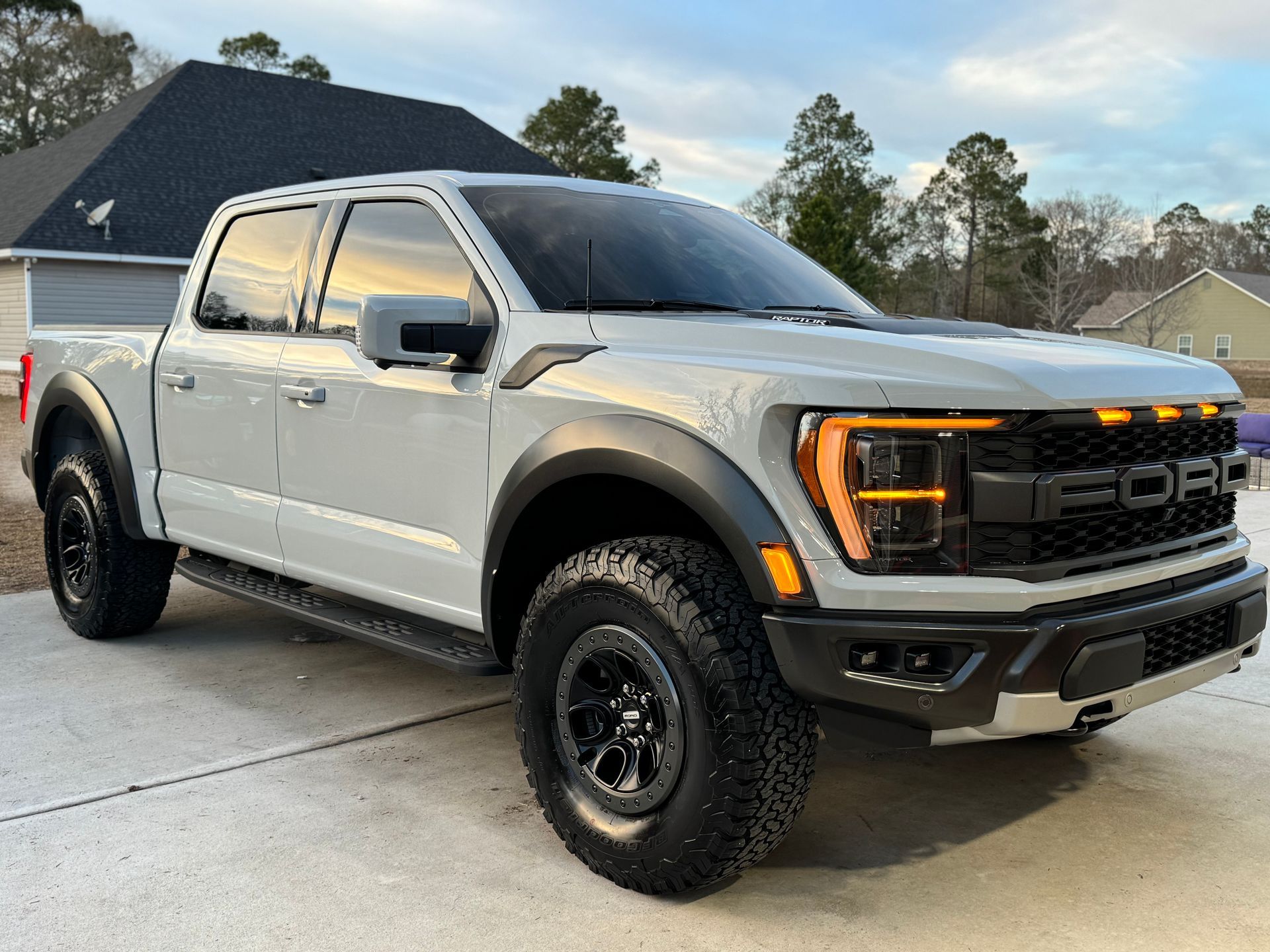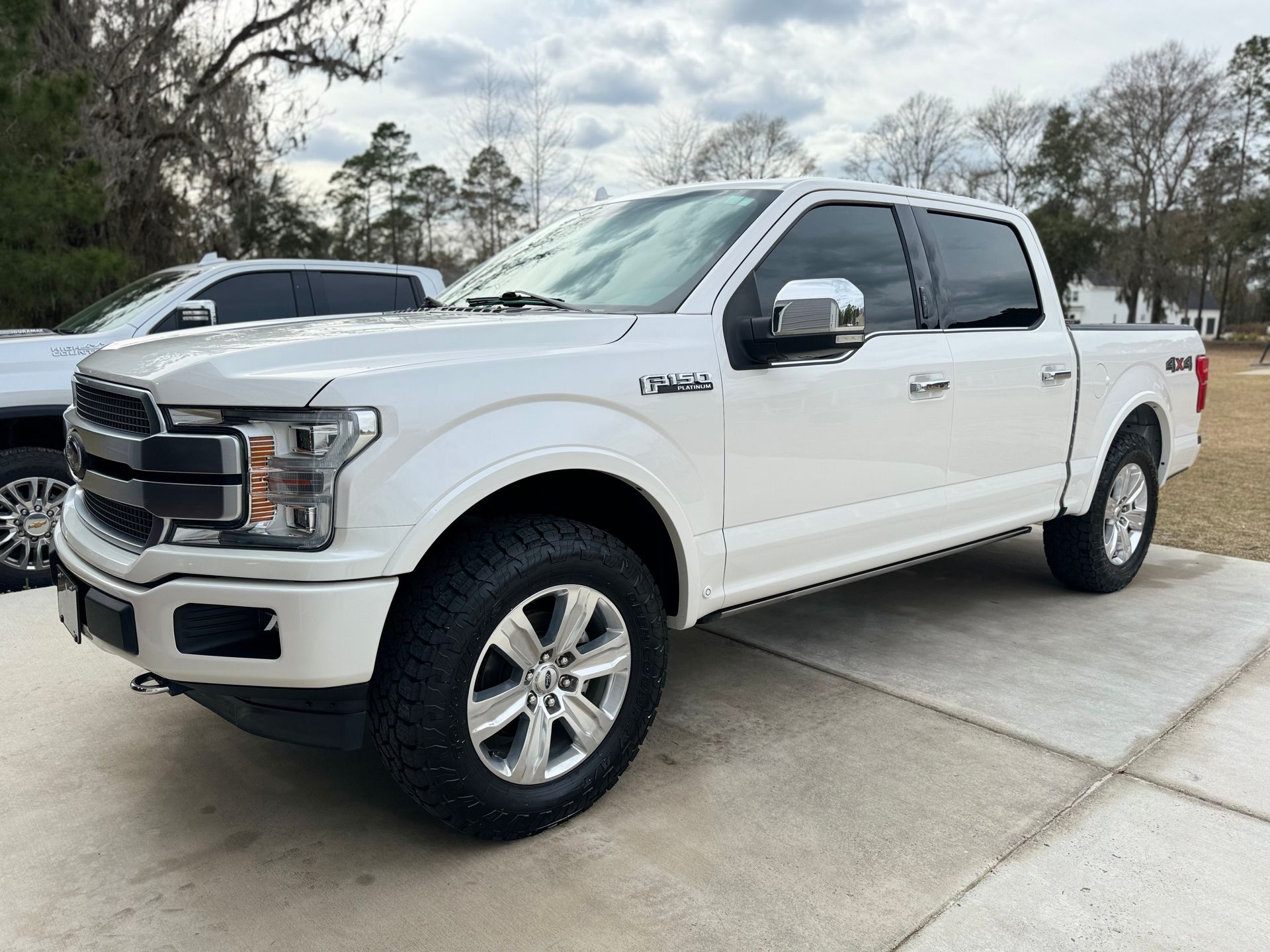What Is Ceramic Coating for Cars: The Ultimate Guide to Protection and Glossy Finish
GET A FREE ESTIMATECALL (912) 656-6947
A ceramic coating is a protective shield for your car's paint. It's a liquid substance that bonds with the car's original paint, acting as armor against all sorts of environmental damage. Unlike the standard wax that wears off quickly, the ceramic coating offers a long-lasting glossy finish, maintaining your car's vibrant look for longer. Surprisingly, besides offering protection, this magic coat has an added benefit: it repels water, making your car cleaning task easier than you'd expect. Let’s discover what is ceramic coating for cars and its benefits!
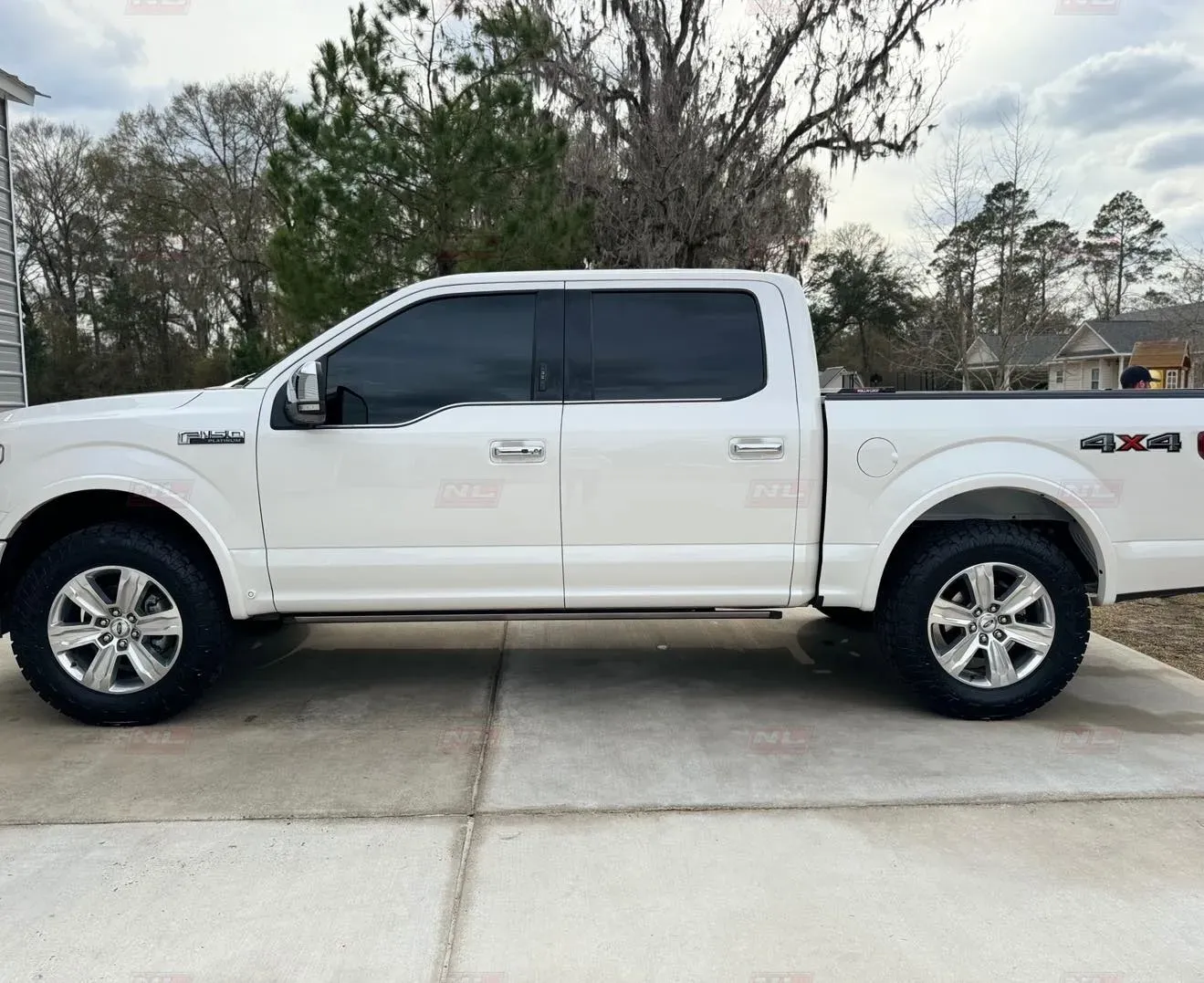
Ceramic Coating: An Overview
Imagine a superhero suit for your car—one that shields it from environmental damage and keeps it looking sleek and new for years. That's where ceramic coatings come in. It's like applying a tough, transparent shield on top of your car's paint—protecting it from UV rays, dirt, and other harmful elements that can dull its shine and wear it down over time.
This protective layer is created through a process called chemical bonding, where the ceramic coating merges with the factory paint on your vehicle. Unlike traditional waxes or sealants, which simply sit on the surface of the paint, a ceramic coating chemically adheres to the paint and forms a strong, durable bond.
This process involves meticulous cleaning and preparation of the vehicle's surface. Every nook and cranny is thoroughly inspected and cleaned to ensure that the coating will adhere properly.
Furthermore, the application must be precise to ensure complete coverage without any missed spots or uneven areas. This level of attention to detail is what sets professional-grade ceramic coatings apart from DIY solutions, delivering consistent protection and aesthetic benefits across the entire vehicle surface.
From repelling water to making cleaning easier, the hydrophobic properties of ceramic coatings go a long way toward maintaining the appearance of your car. Rainwater and other liquids bead up on the surface and slide off more easily instead of lingering on the paint, helping to prevent water spots and mineral deposits.
Benefits of Ceramic Coating Cars
When you get a ceramic coating for your car, there are numerous advantages that come with it. First and foremost, the protection it offers is unmatched. It acts like a shield against the sun's UV rays, tree sap, and bird droppings that can cause damage to your car's paint over time.
It's like having a personal bodyguard for your car. The ceramic coating takes all the hits, so your paint doesn't have to. The top benefits of ceramic coatings are:
Protection Against Environmental Elements
Ceramic coating provides an effective barrier between environmental threats such as UV rays, bird droppings, tree sap, road salts, and other contaminants and your vehicle's surface, providing lasting protection from potential damage. Also, it acts as a shield to help avoid oxidation, paint fading, and discoloration caused by extended sun exposure.
Enhanced Aesthetics
Ceramic coating offers a rich, glossy finish that elevates the overall aesthetic of vehicles, giving them a sophisticated and well-maintained appearance. Thanks to its hydrophobic properties, water beads off easily from its surface, reducing water spots while simultaneously polishing off its finish for a consistent polished look.
Long-Term Cost Savings
Ceramic coating offers a significant reduction in cost potential over the long haul, eliminating the need for frequent detailing and waxing sessions and saving on maintenance expenses. Additionally, it guards against swirl marks and other damage that might later necessitate expensive repairs or repainting, safeguarding the original paintwork.
The Ceramic Coating Process
When it comes to ceramic coating, it's not just about applying it like you would wax a car. The process is comprehensive, requiring careful preparation and precision.
Surface Preparation
Before applying the coating, the vehicle's paint needs meticulous preparation. This involves a thorough wash, removing surface contaminants, and sometimes correcting any imperfections in the paint. This step ensures that the foundation for the ceramic coating is flawless.
Decontamination might seem like regular washing, but it goes much deeper. It involves using special products to remove things like tar, road grime, and industrial fallout that might have bonded with the paint. Sometimes, even after thorough washing and decontamination, there might still be imperfections like swirl marks and minor scratches on the paint. This is where paint correction comes in—professionals use abrasive compounds and polishers to level out these imperfections, ensuring a smooth surface for the ceramic coating to adhere to.
Application of the Coating
The application of ceramic coating itself is an art and science; it’s meticulous work done in a controlled, dust-free environment. The goal here is to ensure that the coating is evenly applied and properly bonds with the paint. Since this process requires absolute precision, it can take several hours to complete, depending on the size of the vehicle.
It's not just about making sure every part of the car gets coated; there's specific attention given to each panel and surface. Professionals apply the coating methodically, ensuring that no spots are missed and that an even layer is spread across the entire surface. This not only protects your car effectively but also gives it that stunning glossy finish.
Curing and Inspection
Once the coating has been applied, it needs time to cure fully. After curing, it is crucial to carry out a comprehensive inspection to guarantee the quality of the coating and its protective properties.
Ceramic coating curing involves allowing the coating time to bond with the surface of the car. It requires patience since rushing this step may compromise the durability and effectiveness of your ceramic coating. After curing, professionals meticulously inspect every inch of your vehicle, ensuring that the coating has adhered properly and identifying any areas that may need additional attention.
The entire process from start to finish might seem laborious, but remember: meticulous care leads to excellent results. Each step in this process plays a vital role in ensuring that your car receives superior protection and achieves the breathtaking shine you desire.
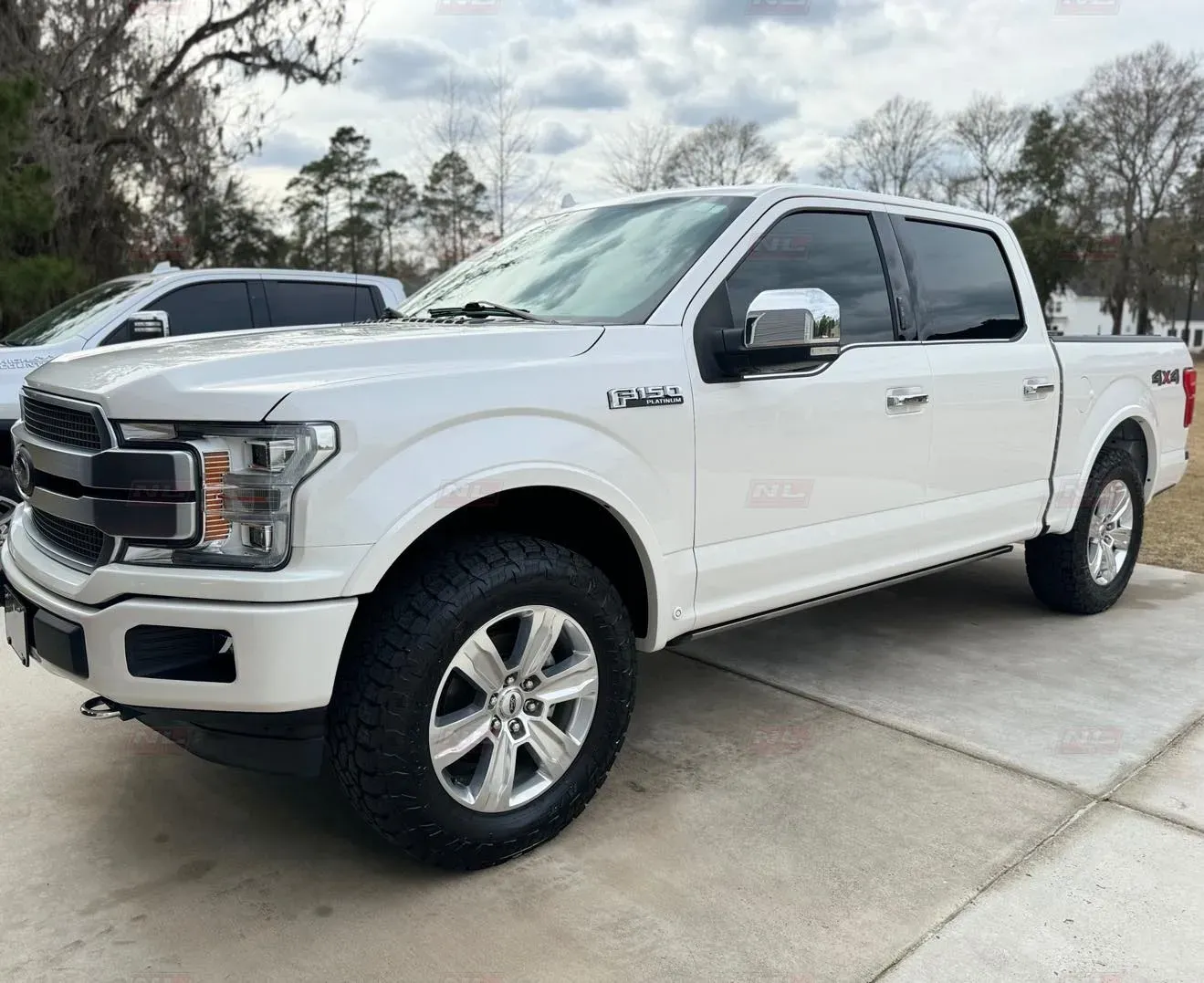
Ideal Vehicles for Ceramic Coating
No matter if it is a high-performance sports car, rugged off-road vehicle, luxurious sedan, or any other, ceramic coating is an invaluable way to extend its longevity while keeping its showroom-worthy finish looking its best. The ideal vehicles for ceramic coating are-
Modern Cars with Clear Coat Finishes
If you have a new car with clear coat paint, it's an ideal candidate for ceramic coating. Clear coat finishes are sensitive to UV rays, oxidation, and environmental contaminants. Applying a ceramic coating creates an additional layer of protection, shielding the clear coat and preventing damage from UV rays, bird droppings, tree sap, and insect acids.
Classic Cars with Single-Stage Paint
Classic cars often have single-stage paint, where there's no clear coat on top. These vehicles are more susceptible to fading. A ceramic coating acts as a sacrificial layer, preventing the paint from wearing or fading due to exposure to the sun and weathering over time.
High-End Exotic Vehicles and Luxury Cars
Exotic cars and luxury vehicles often feature specialty paint jobs and fine detailing that command meticulous care. Ceramic coatings ensure these cars maintain their luster and shine, protecting them from the wear and tear of daily use while preserving their resale value.
Sports Cars
Sports cars are designed for high performance and style, but they're also exposed to harsh elements such as road salt, tar, and bugs. Ceramic coatings provide an invisible shield against these foes, making it easier to keep your sports car looking like new after every drive.
Choosing to apply a ceramic coating isn't just about protecting your vehicle; it's a decision to invest in the long-term beauty and integrity of your cherished automobile, whether it's brand new or a vintage classic.
Each vehicle deserves its own unique care routine tailored to its specific needs. Now let's delve into a detailed comparison between ceramic coating and waxing to help you make an informed choice.
Ceramic Coating vs. Waxing: A Comparative Analysis
When it comes to protecting your car's paint and achieving a glossy finish, ceramic coating and waxing are two popular options. Let's break down the differences between these two methods to understand which one might be the best fit for your needs.
Longevity
Ceramic coatings are renowned for their long-lasting nature. While wax can provide a good shine, it typically lasts only a couple of months before needing reapplication. On the other hand, ceramic coating can last for years without the need for frequent reapplication, making it more durable and cost-effective in the long run.
Protection
The level of protection offered by each option is another crucial factor to consider. Ceramic coating provides superior protection against various environmental elements, including UV rays, acidic contaminants, and chemical stains, compared to wax. These protective properties not only safeguard the paint against damage but also contribute to maintaining a high-gloss finish over an extended period.
Maintenance
When it comes to maintenance, there's a notable difference between waxing and ceramic coating. Waxing requires more frequent reapplication and consistent upkeep to ensure continued protection and shine. In contrast, ceramic coating significantly reduces the frequency of car washing and detailing due to its long-lasting properties.
Final Words
At its heart, the ceramic coating has demonstrated remarkable transformative power for automotive protection. Ceramic coating offers superior durability, resistance to contaminants, and an enduring glossy finish, making it a worthy investment in both aesthetics and long-term protection. At Northern Lights Home & Auto Coatings, we take great pride in offering cutting-edge automotive technology to ensure your vehicle stands the test of time with unparalleled brilliance.
Enhance your car care routine, embrace the future of automotive protection, and let ceramic coating transform how you experience and display your vehicle. Plan an application appointment now for ceramic coating to experience and showcase automotive brilliance like never before!
For expert insights on applying ceramic coatings to your vehicle or to request a quote, contact us at (912) 656-6947.

